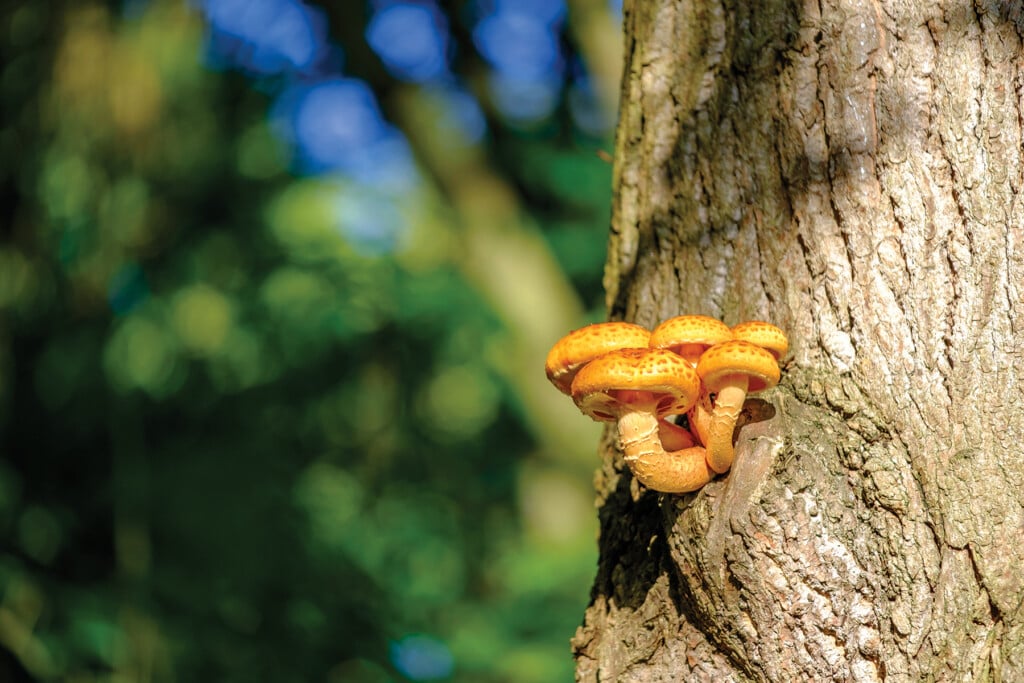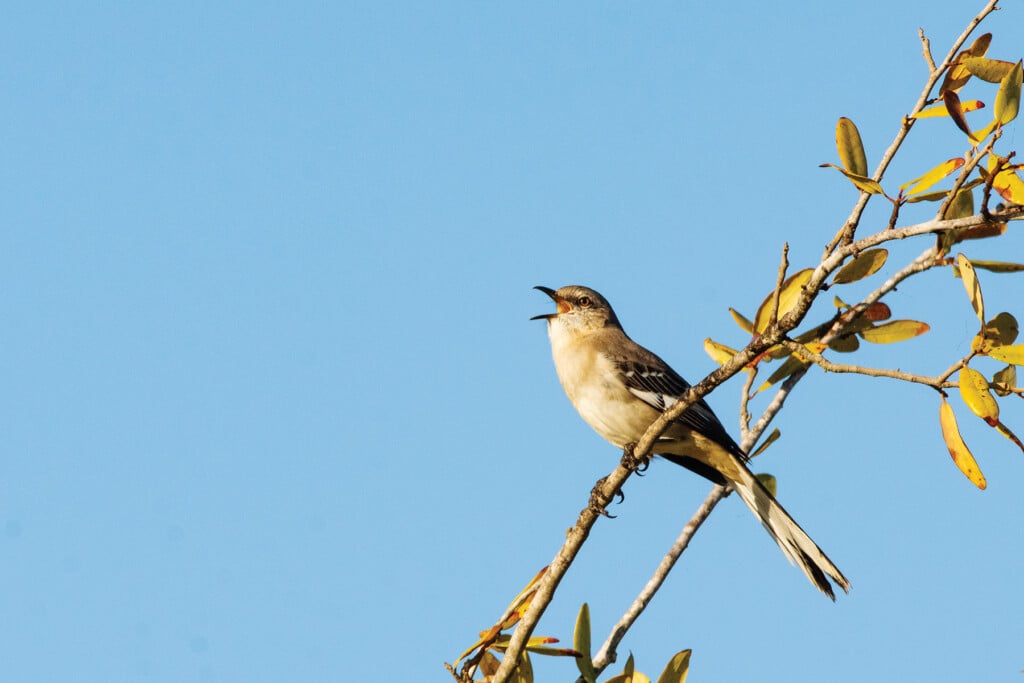Poinsettias Perfected
These holiday icons live on (and on)

Red and green are the traditional colors of the holiday season, and there’s one particuarly iconic way to display them.
Poinsettias are the ever-popular potted plants that fit the color scheme. While they are native to Central America, poinsettias are greenhouse-grown for sale in your local grocery store or nursery during the holidays. To produce the red bracts (top leaves), light exposure is limited to about 10 hours daily for eight weeks before they are shipped to retailers. The lower leaves remain green. The blooms are actually the small yellow flowers located in the top of the plant.
Typically grown in lightweight potting mix, poinsettias must be watered to keep the soil moist, but not waterlogged—overwatering promotes fungal and bacterial diseases. During the cooler months, heated interiors dry out the soil. Because poinsettias are native to latitudes far to the south, protection from the cold is necessary.
Once the holidays pass, most poinsettias are discarded along with used wrapping paper. This is a missed opportunity. With a little care and effort, holiday poinsettias can become year-round additions to your home landscape.
To install the plant, wait until the danger of frost is past, then choose a protected site outdoors. Given the orientation of the sun to the southern sky during winter, a location on the southeast side of a building is ideal. This will give the plant a shield from northwest winds during the winter and the benefit of radiational heating from the building.
Leave enough room for the poinsettia to grow to its full potential size. It can reach more than 10 feet in height and about 8 feet in width.
Mulch liberally, and keep the soil moist but not saturated. To propagate a cutting, choose an 8-to-10-inch length of branch that has several nodes or sites where leaves emerge, and place it in a potting mix rich in organic matter. A rooting hormone, purchased at your local garden store, can improve the success of rooting when planted.
The foliage will be green most of the year, but when winter’s short days approach, the magical red bracts will reappear.
And not to worry—despite the urban legend, poinsettias are not a toxic threat to mammals. Their taste is a deterrent, and harm upon exposure is usually mild.
Fun Facts
Poinsettias are native to Central America, specifically Mexico.
First cultivated by the Aztecs and called cuetlaxochitl, the plant had many important medicinal and ritual uses. Fast-forward, and the “flor de nochebuena” has been a part of Christmas legends and festivities in Mexico for centuries.
National Poinsettia Day is December 12.
Joel Robert Poinsett, a physician, botanist, and diplomat, was the first ambassador to Mexico from the United States. He is credited for bringing the flower back to his South Carolina greenhouses in 1828. December 12 marks the date of his death in 1851.
Poinsettias actually come in many different colors.
While poinsettias are most readily associated with red, extensive cultivation and selective breeding have produced orange, pink, lime green, maroon, marbled, speckled, and other abstract-patterned variations.

